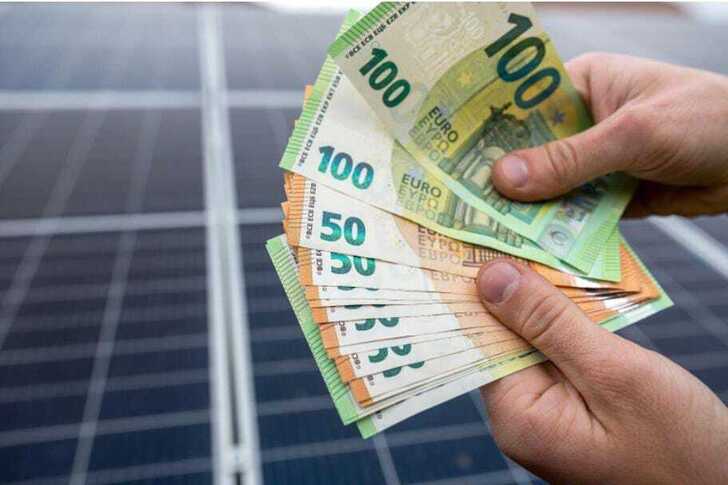The average solar panel price has been in steep decline for a few years now. While solar technology has grown popular in past years, there are other reasons outside of demand that experts point towards as the cause of the falling prices. According to the International Energy Agency (IEA), the industry is in an oversupply phase which could be depressing prices.
Solar installations have grown over the years but monitoring organisations like IEA claim that they are beginning to plateau or even fall. This raises concerns over the growth in supply, as many installers are not just installing local solar technologies but also importing panels from countries such as China.
The impact of this oversupply has been a fall in prices that is not commensurate with the actual demand. As a result, some institutions claim this could be the bursting of a bubble. The oversupply has so far caused a module price drop of 50% between January and December of 2023.
Alongside the oversupply, there may be a future decrease in installations. This would mean that a vast stockpile of solar panels will be left in warehouses and taking up space. According to the IEA, the leading country in solar technology, China, is set to see an adoption rate lower than the global average.
While there are a lot of factors that could alter this perceived trajectory, there are signs that it is already taking place. California has seen a drop in installations and may be slated for further decreases. This has led to speculation that solar energy was a limited interest market within the region.
On the other hand, this expected decline may not be globally present. In the UK, solar panel installations have increased and are expected to grow due to the cost of living crisis. It is worth noting that the UK has robust policies for promoting solar panel installations, including grants like the ECO4 scheme or the Smart Export Guarantee. These policies allow residents all over the region to offset the costs of installation and earn money from the excess energy they generate.
In contrast, according to the IEA, Europe has lagged behind in policies to support solar proliferation. Despite having the stated goal of wanting to meet its solar demand with 40% domestic production by 2030, the EU is currently around 10%. The region’s solar panel exports are primarily manufactured in China.
The trend of falling solar panel prices has not always always been a downward trajectory. 2020 to 2023 saw an increase in prices due to a drop in global manufacturing. The rise since has been in response to energy prices and renewed interest in sustainable energy. However, there are questions about whether the market is coming to a standstill.
In Europe, imports have outpaced installations and the EU may be looking to impose tariffs on foreign exports to bolster demand for local solar. This strategy is likely in response to China’s dominance of the industry and the looming spectre of bankruptcies for local solar companies in Europe.
This assessment is shared by SolarPower Europe, a trade group for the industry. They cite fierce competition from China and resulting decreases in prices as the primary reason companies in the region are suffering. “This is creating concrete risks for companies to go into insolvency as their significant stock will need to be devalued,” they said in a letter.
Companies such as NorSun and Norwegian Crystals suffered setbacks due to the state of the industry. The former suspended many of its solar-based projects and the latter filed for bankruptcy. Similarly, Swiss company Meyer Burger Technology has seen its shares fall by 87 per cent in 2023.
Currently, the price of manufacturing a solar module is double that of the spot price. This level of price competition has left many European companies in crisis over how to manage their production. Despite these setbacks, the EU is still hoping for solar to be the major source of energy in the region by the end of the decade.
The Chinese manufacturing ecosystem is heavily subsidised over the already cheaper production costs. Many showcase how the government is propping up production beyond the domestic demand. In some regions, Chinese solar panels account for 95% of the installations, according to the IEA.
However, China isn’t the only actor in this oversupply crisis. Many solar supply chain companies in Europe upped their stockpiles during the pandemic. As a speculative move, they bought many of the cheaper solar panels in anticipation of a rise in solar due to Europe’s green energy targets.
In contrast, installations have not met the bullish targets set by the EU. Growth has been positive but less than expected by future projections. It remains to be seen whether how the industry will fare in the future.
Website of Source: https://www.iea.org/
Source: Story.KISSPR.com
Release ID: 1054141

